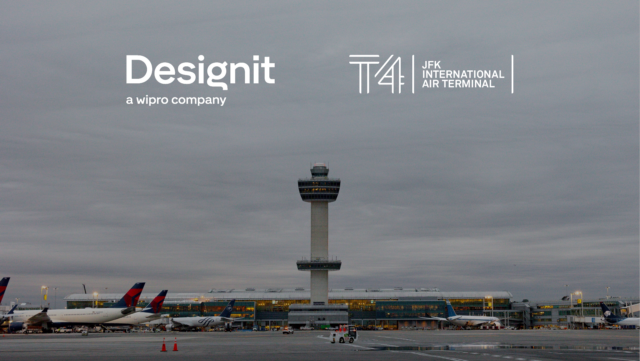June 18, 2025
From Champagne to Sweatpants: What Consumers Are Cutting to Afford Groceries

According to Blue Yonder’s latest survey, as many as 85% of consumers worldwide are worried about the continued rise in grocery prices. Conducted across key markets including the U.S., U.K., France, Germany, Australia/New Zealand (ANZ), and the Middle East, the study reveals a widespread sense of unease about inflation and its grip on household budgets, and how it’s reshaping grocery shopping behaviours across generations and geographies.
“The findings of this survey underscore just how widespread and deeply felt the impact of inflation is on consumers’ everyday lives,” said Ben Wynkoop, senior director, Global Industry Strategist, Grocery & Convenience, Blue Yonder. “From buying fewer grocery items and cutting back on alcohol purchases to shopping at discount retailers and reprioritising spending across other categories, consumers are navigating prolonged uncertainty — and retailers must adapt accordingly.”
What’s Driving Grocery Inflation?
Global consumers are pointing fingers in different directions when it comes to understanding what’s behind the grocery price surge. Almost half of all respondents (49%) cite newly introduced global tariffs as the top culprit, followed by the rising costs of raw materials (42%) and labour in manufacturing and food processing (39%). Interestingly, 33% believe increased profit margins for brands and manufacturers are also driving prices higher.
Regional perceptions vary significantly. In the U.S. (65%), the U.K. (56%), and the Middle East (50%), tariffs are seen as the top factor inflating grocery costs. Meanwhile, consumers in France (48%) and Germany (47%) focus more on raw material costs, while ANZ shoppers (50%) blame growing profit margins.
In addition, age plays a role in shaping opinions. Baby Boomers stand out as the only generation to place labour cost increases at the top of their list (52%), whereas younger generations across the board point to global tariffs as the primary reason behind rising food bills.
Inflation Reshapes Shopping Carts and Store Choices
Faced with higher prices, consumers are adjusting how and where they shop. Around 65% say they’re simply buying fewer items across grocery categories. Another 42% are turning to discount and wholesale retailers for relief, while roughly one-third of shoppers are leaning into promotions (36%) and switching to private label brands (34%) to save money. Among the hardest-hit categories? Alcohol. One in three shoppers (33%) say they’re cutting back on booze to stretch their grocery budgets.
Retailers Respond
As shoppers become more price-sensitive, retailers are also adapting. Many are expanding their investment in private or “owned” brands to offer more affordable alternatives. Some are going even further, moving toward vertical integration — controlling more of the supply chain from production to shelf — to drive down costs and maintain resilience in the face of ongoing global volatility.
To Save on Food, Consumers Slash Fashion, Tech, and Streaming Budgets
Beyond the grocery aisle, inflation is changing spending priorities across the board. More than half of global consumers (56%) are ready to trim spending on clothing and footwear, making it the top category for cutbacks. Consumer electronics (46%), streaming and gaming subscriptions (43%), beauty and personal care (36%), and even appliances (33%) are all on the chopping block.
When it comes to generational differences, Baby Boomers are leading the charge in cutting back on clothes (63%), but Gen X (59%), Gen Z (53%), and Millennials (50%) aren’t far behind. Regionally, ANZ shoppers are the most likely to scale back on fashion (67%), followed by the U.S. (62%) and the U.K. (61%).
Meanwhile, streaming and gaming subscriptions are particularly vulnerable in ANZ (60%) and the U.K. (54%), while German (42%) and French (39%) consumers are eyeing cuts to electronics spending. Only 7% of global respondents said they wouldn’t reduce other retail spending to cope with grocery inflation.



